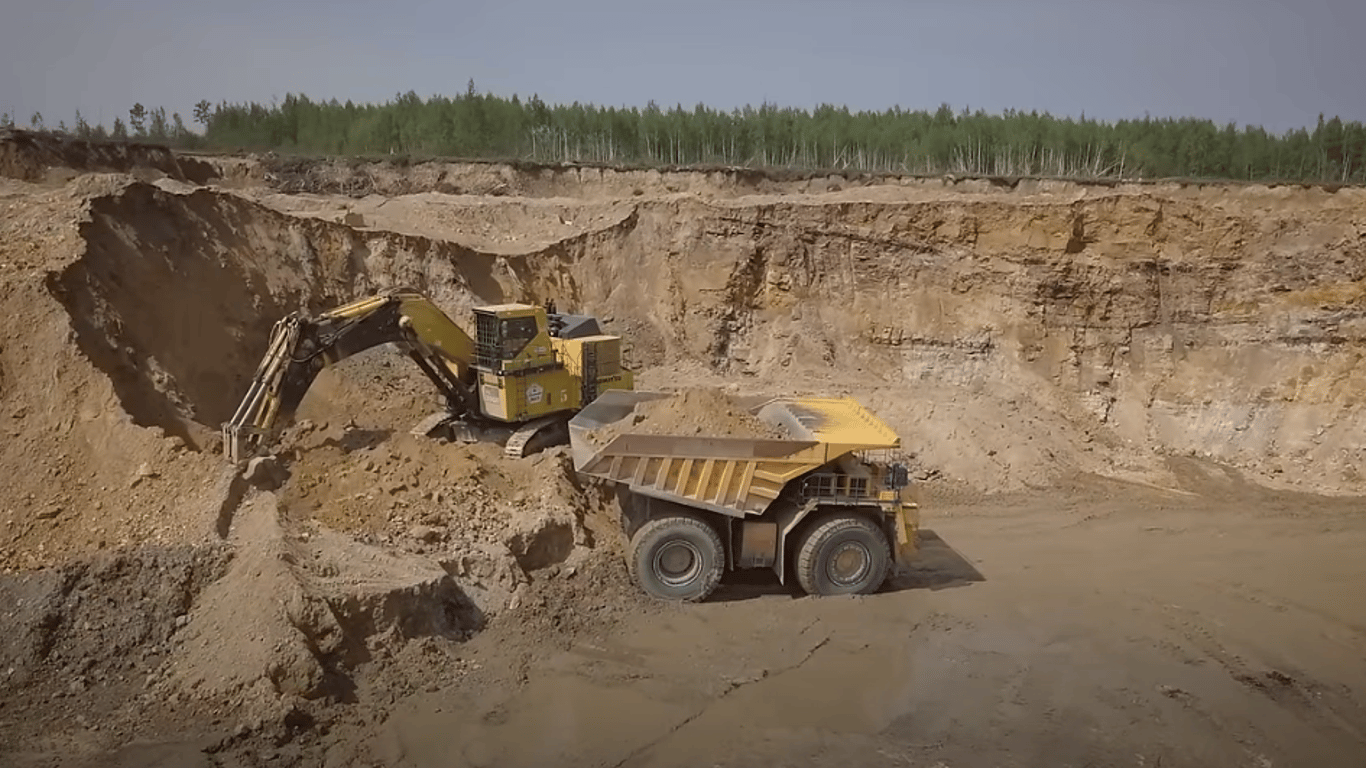What is a bull market and what trends does it have?.

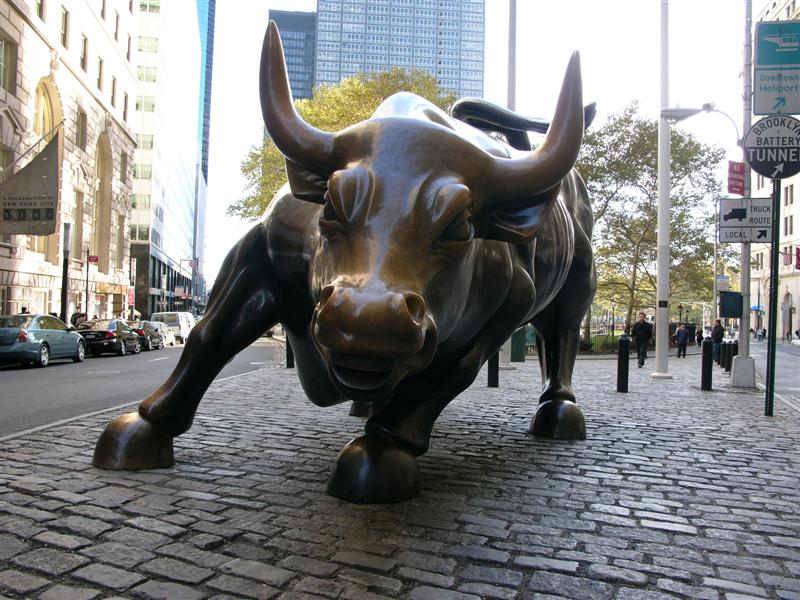
The financial world is incredibly diverse and at the same Time interesting. For example, what is a bull market? The name sounds strange but has many meanings. To understand what a bull market is and what trends are simply explained, all future investors should better inform themselves.
A bull market is actually: a certain phase that is directly related to the state of the stock market. What is that? A simple description is rather a long-term increase in asset prices that is beneficial for all investors.
What is a bull market?
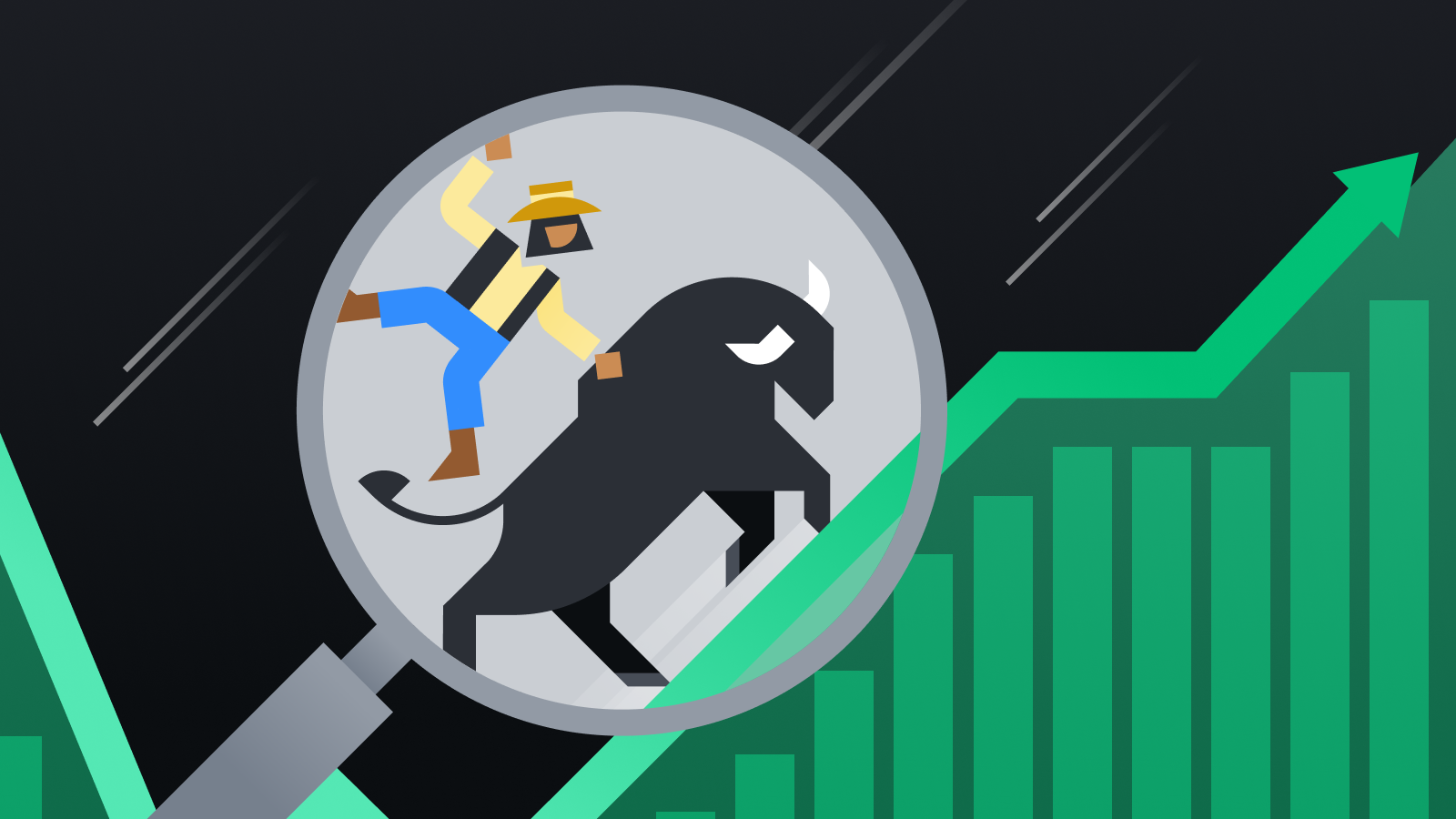
The term bull market describes a certain period in the market during which asset prices steadily rise, and investors are optimistic about further growth. This means that there is a period in which assets grow over a longer period. The growth is stable and maximized beneficial for investors.
The term originates from English and is translated as such. It is a play on words that shows all the benefits one can see from the rise in asset prices. The term is more frequently used on the stock markets, which is also important. The name is associated with the behavior of a bull, raising its horns upward and symbolizing growth.
What one should know about the bull market (term):
There must be a price increase. Stocks, cryptocurrencies, commodities, or other assets show a stable rise over months or even years.
It is also worth mentioning that investors who are optimistic participate in the market. Market participants are convinced of the economic prospects and actively buy assets.
There is also the concept of high demand from which a bull market arises. Increased interest from retail and institutional investors.
A bull market does not happen without economic stability. Typically, we observe a bull market during a phase of GDP growth, low inflation, and stable interest rates.
This is a simple, understandable, and completely natural process.
What phases does the bull market have?
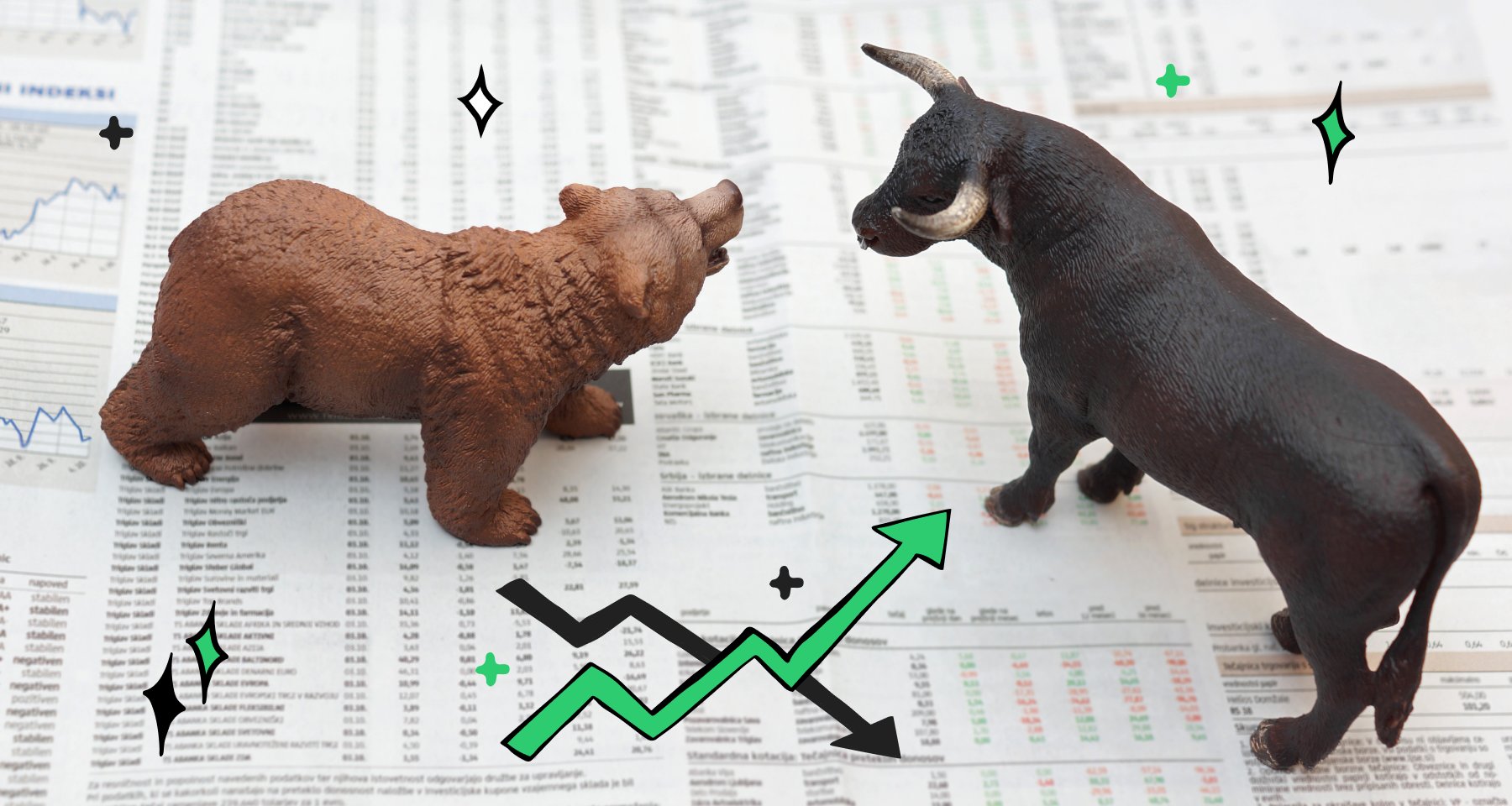
A bull market has understandable phases as a lawful and popular process. It cannot develop overnight and grows (widens) gradually. Which phases can be distinguished:
The initial phase. This is a recovery phase after a crisis or bear market. In this phase, investors begin to notice positive signals and gradually return to the market.
Then follows a phase of active growth. The number of trades and the volume of investments increase. Companies also show stable financial indicators.
The third phase is undoubtedly the peak of the price increase. Assets reach their maximum valuation. A hot demand also begins, accompanied by a re-evaluation of the assets.
After the peak, there is always a phase of stagnation or decline. The market slows down as prices reach a peak level. A transition to a bear market is also possible.
This is another accompanying term that refers to the decline of stock prices.
What should one know this year about the growth of stock prices?
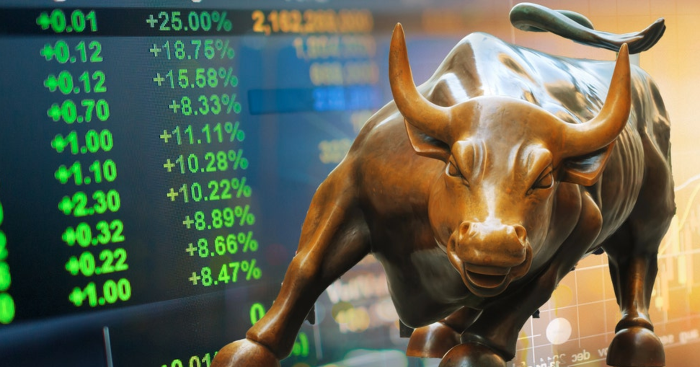
Every year, due to the large size of the stock market, there are specific trends. These are very important for every investor without exception. In 2024, the global economy faces unique challenges that shape its own trends for the bull market. These will last until the end of the year:
Technology is at the forefront. Leading sectors: AI, blockchain, green technologies. Example: Companies developing artificial intelligence show significant growth.
Cryptocurrencies have also “pulled the ceiling over themselves”. A new increase in the growth of Bitcoin and altcoins is expected. Interest in crypto assets is growing due to their popularity among institutional investors.
The biotechnology sector remains important. Increase in investments in the development of new drugs and technologies for treating chronic diseases.
One should not forget the growth of the energy industry. Shares of companies associated with renewable energy show rapid growth. In 2024, projects in solar and hydrogen energy are current.
Infrastructure projects are also not neglected. The governments of many countries invest in the expansion of infrastructure, which stimulates the growth of shares in construction and technology companies.
These are important trends that will still be relevant in 2025.
Signs of the beginning of a bull market
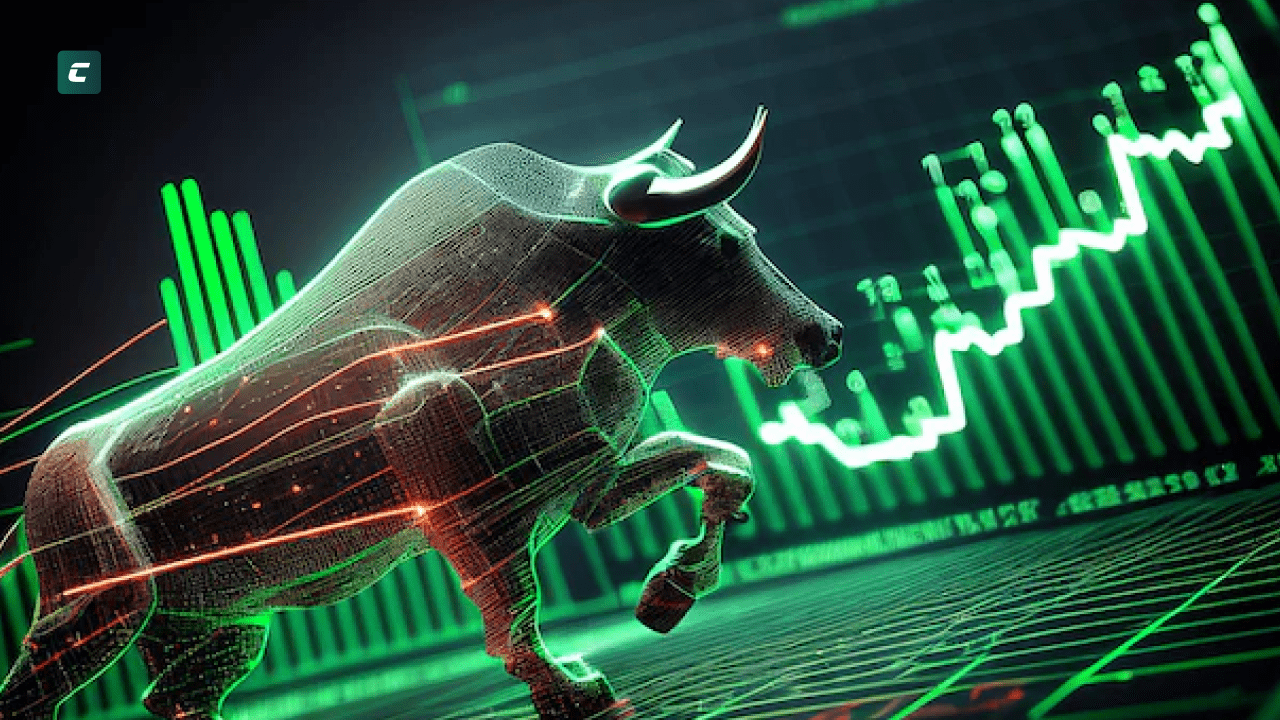
A bull market does not begin and end in a day. It is a lengthy and interesting process. Before the start of a fruitful period, certain signs can be tracked:
Key indices start to rise. These refer to S&P 500, NASDAQ, or Dow Jones, showing stable growth.
Moreover, trading volume is increasing. Growing interest from investors.
At the same time, unemployment decreases. Economic stability supports the confidence of market participants.
Increasing prices for raw materials. For example, oil, gold, or copper.
Each of these signs can indicate to the investor that soon one of the most favorable moments will begin.
There are several immediate advantages of such a period. What is being spoken of:
Every investor has the opportunity to achieve high profits.
Also, during a bull market, there are more assets for sale, which means that the selection automatically increases.
At the same time, the opportunity to increase the value of long-term investments opens.
However, it seems that the positive process has its own risks. These should also be considered. What is being referred to:
Some assets may be overvalued.
There could also be a possible "overheating" of the market, which can lead to a sudden decline.
Furthermore, a great competition among investors arises (beginners cannot compete against experienced investors).
Such disadvantages can affect whether it is possible to achieve profits from investing or not.
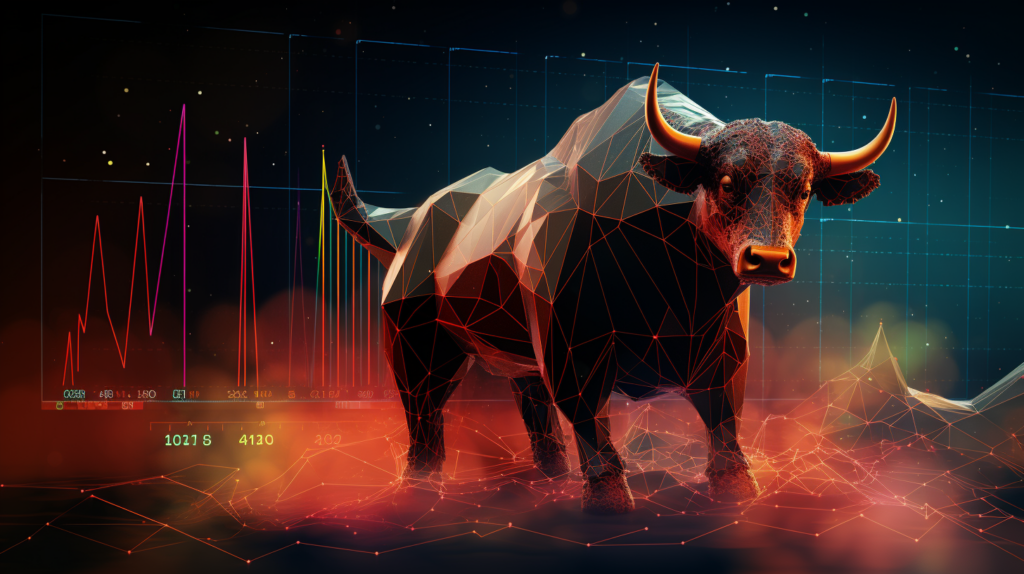
In this case, there are a few tips that can help avoid disappointments:
First of all, you should take care of your portfolio. Do not invest all funds in a single asset.
It is important to track trends. Pay attention to promising sectors.
It is also necessary to assess risks. Do not buy overvalued assets.
If investments are considered, then long-term. A bull market is suitable for capital formation.
Overall, a bull market is a time of opportunities for investors, during which one can significantly increase their capital.
Read also
- What is MoneyGram in simple words
- What is needed for transferring and receiving money via Western Union
- What is Western Union in simple words
- Who is an acquirer in simple terms
- Who is an issuer in simple terms
- Is it possible to send money by mail abroad



